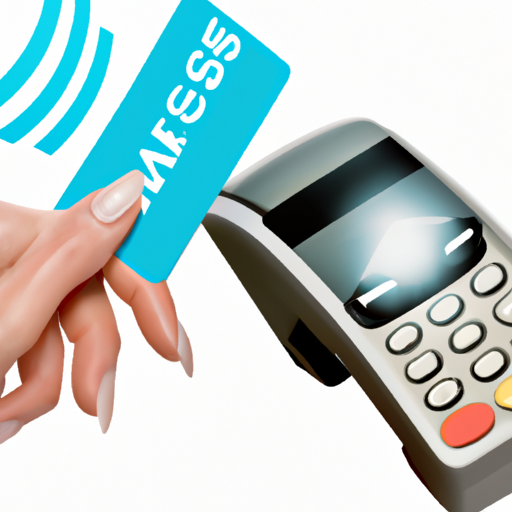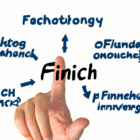In today’s digital landscape, organizations are increasingly relying on remote workforces and cloud services. This shift has prompted a need for a more integrated approach to security and network connectivity. Enter Secure Access Service Edge (SASE), a revolutionary framework designed to simplify and enhance network security.
What is SASE?
Secure Access Service Edge (SASE) is a cloud-based model that integrates network security functions and WAN (Wide Area Network) capabilities into a single service. Proposed by Gartner, SASE combines the benefits of SD-WAN and various security services, such as CASB (Cloud Access Security Broker), firewall-as-a-service, and secure web gateways.
Key Components of SASE
- Cloud-native Security: It provides security that adapts to the cloud environment, ensuring data protection at all times.
- SD-WAN: This enables secure and efficient connectivity for applications and workloads across dispersed geographical locations.
- Zero Trust Network Access (ZTNA): It enforces stringent access controls, ensuring only authenticated users can access specific data and applications.
- Endpoint Security: It safeguards end-user devices from threats, crucial in an era of remote work.
The Benefits of Implementing SASE
Implementing a SASE architecture can provide numerous benefits to organizations, such as:
- Enhanced Security: By integrating security functions into the network, SASE creates a cohesive security posture that adapts to changes in the threat landscape.
- Simplified Management: With a singular platform for networking and security, IT teams can streamline their operations, reducing complexity and improving efficiency.
- Improved User Experience: SASE optimizes network performance for cloud applications, ensuring that users experience minimal latency and high availability.
- Scaled Flexibility: Being cloud-based, SASE can easily scale up or down based on organizational needs and user demands.
Conclusion
Secure Access Service Edge is not just a trend; it represents the future of network security in an increasingly mobile and cloud-centric world. By understanding and implementing SASE, organizations can better protect their sensitive data while enabling seamless access for their workforce.
For businesses looking to enhance their security posture and simplify their network management, adopting a SASE architecture could be a game changer. Embracing this technology will pave the way for a more secure and efficient digital environment.
Get Started with SASE Today!
If you are considering transitioning to a SASE architecture, contact our team of experts who can guide you through the process and help streamline your network security.












